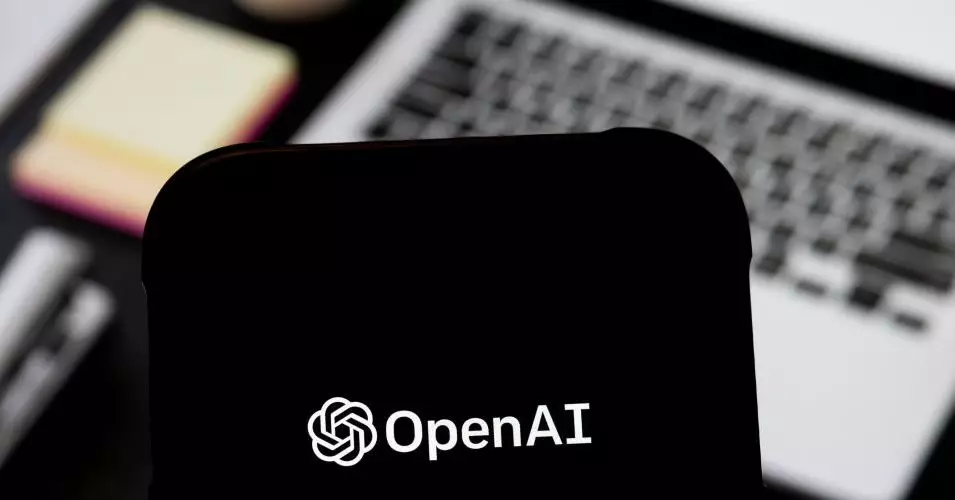In an exciting turn of events, Sam Altman, the CEO of OpenAI, announced that the company is set to release an open-weight artificial intelligence model in the near future. This significant announcement signifies a momentous shift towards democratizing access to potent AI tools, encouraging a landscape where developers and researchers can harness this advanced technology without the constraints typically imposed by proprietary systems. OpenAI’s decision clearly reflects the immense success and burgeoning curiosity garnered by open-weight models, particularly from competitors like DeepSeek and Meta.
The competitive landscape is shifting, as Altman himself noted that the recent release of DeepSeek’s R1 model was a wake-up call for OpenAI. Initially viewed as lagging in an increasingly aggressive sector, OpenAI appears determined to alter its trajectory and reclaim its position at the forefront of the AI revolution. By stepping into the open-weight domain, OpenAI is not merely responding to competitive pressure; it is embracing the opportunity to foster innovation and collaboration among developers worldwide.
Tackling Costs and Enhancing Efficiency
One of the critical motivations behind the shift to an open-weight model is the promise of affordability and efficiency. Reports indicate that DeepSeek’s R1 model was developed at a remarkably low cost compared to traditional models. OpenAI understands that being able to produce cutting-edge AI at a lower price point opens up vast opportunities for startups and individual developers. This move could effectively level the playing field, allowing innovation to flourish without the limitations imposed by financial barriers.
Clement Delangue, cofounder and CEO of HuggingFace, exemplified this excitement, remarking that the rise of open-weight models showcases their transformative power. The implications for those engaged in AI development are substantial; OpenAI’s commitment to releasing a model that can be run on personal hardware invites a wealth of experimentation and creativity. This new paradigm fosters a sense of community among developers who can freely modify and adapt the model to their unique needs.
Balancing Innovation with Responsibility
Despite the overwhelming enthusiasm surrounding open-weight models, there are tangible concerns about their potential misuse. OpenAI is wise to acknowledge these risks and is ready to handle them diligently. Johannes Heidecke, an AI safety researcher at OpenAI, emphasized the company’s dedication to thorough testing aimed at preventing misuse of the upcoming model. The dual nature of this journey—unlocking innovation while forestalling threats—highlights the delicate balance OpenAI must maintain as it ventures into this less regulated territory.
Concerns about open-weight models facilitating cybercrime or enabling the creation of biological threats are valid. By implementing a rigorous preparedness framework, OpenAI signals that it is not merely focused on advancement but is also devoted to responsible development. This proactive stance underscores the importance of ethical considerations in AI, suggesting that while the tools must be powerful, they must also be safeguarded against malicious intent.
Developer Engagement: Shaping the Future
In a bid to foster collaboration and engagement, OpenAI has opened applications for developers interested in gaining early access to their forthcoming model. Altman expressed the company’s intent to host events designed to showcase prototypes of this new technology, nurturing a collaborative environment where developers can exchange ideas and experiences.
Such interactions are invaluable and indicative of OpenAI’s commitment to not just developing groundbreaking technology, but actively cultivating an ecosystem where sharing knowledge and insights can thrive. This community-oriented approach serves to empower developers to push the boundaries of what AI can accomplish while maintaining a collaborative spirit.
As OpenAI prepares to unveil this game-changing model, the anticipation surrounding its release is palpable. With the promise of accessibility, affordability, and the potential for revolutionary innovation on the horizon, the future of AI could very well be defined by this significant shift towards openness. The promise of a new era where technology serves everyone equally is exciting—both for those developing it and those benefiting from it.

